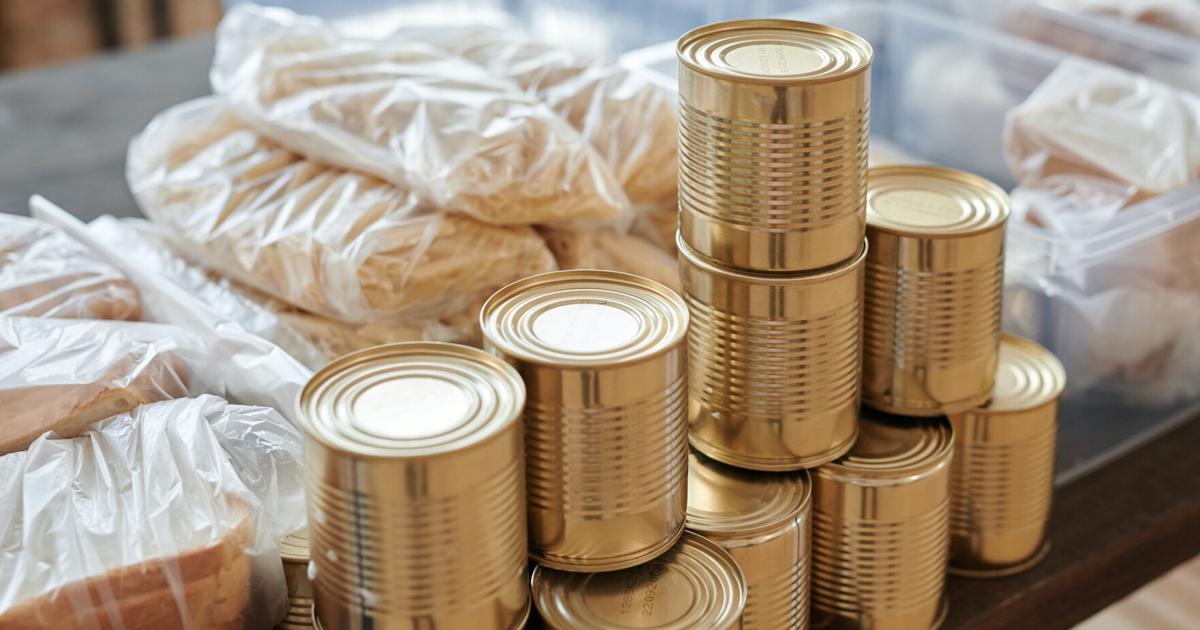click to enlarge Steven Severinghaus via Flickr There are a lot of flies in Phoenix at the moment – and everyone has apparently noticed. “We’re getting so many it’s crazy,” a Brentwood resident wrote on Nextdoor earlier this summer. “I do not understand.” A neighbor replied, “It’s like a scene from ‘Amityville Horror’ at my house.” Related Stories I Support Local Community Journalism Support the independent voice of Phoenix and help keep the future of the New Times clear. Colin Dueker, a manager of the Farmers’ Market in downtown Phoenix, called the winged pests “ubiquitous”. “Glad to know it’s not just my garden,” said another local. Do these anecdotal observations actually reflect a real influx of insects? Pest controllers and entomologists surveyed by the New Times say yes, there are definitely more flies this summer. In fact, they are much worse than normal. Ben McAvoy, who heads Phoenix-based pest control company Insectek Pest Solutions, said his company had seen a “huge surge” in calls this summer from customers unable to remove the flies from their homes. “It seems like an outlier,” he said. “I mean, we get a lot of calls about flying. But there are many, many more this year. ”And if his business gets more calls, he assumes,“ that means other pest control companies too. ” Eric Paysen, a local entomologist who consults with Valley pest control companies, can attest to this. That summer, he said, was the worst he’d seen since moving to the area five years ago. Companies he advises receive more and more calls. So what’s behind this flood? “It’s a little bit mysterious,” said McAvoy. But he blames a common culprit: an unusually wet monsoon season. That’s likely an important factor, said Jon Harrison, an environmental physiologist at Arizona State University who specializes in insects. “The larvae of many flies grow up in dung or compost,” he wrote in an email to the New Times – and they need a moist environment to survive. In scorching Arizona summers, these springs dry up quickly without rain. But he said: “This year with a good monsoon the humidity will be higher, manure and compost will dry out more slowly and more fly larvae will grow into annoying flies.” Paysen agrees that higher humidity is responsible for the spread – likely caused by a monsoon cycle that brought more rainfall than is typical for the region. “They just multiply very, very quickly when the conditions are right,” he said. “Within days you have flies and they’re all laying hundreds of eggs.” Because of this, he said, the flies have a “fun summer”. This year’s monsoon season was indeed unusually active: storms this week have already secured 2021 as one of the rainiest seasons in the last two decades, and there are still a few weeks to go until it ends – with more storms in the forecast. Which of course means more flying. That can be a challenge for pest companies: It is more difficult to poison them than other pests, McAvoy said, because they don’t reliably land on a certain surface. And their source is not always nearby: frighteningly, flies can travel for miles. “So if you have a source that is not properly addressed, anyone within a mile can suffer,” said Paysen. For the many Phoenix residents struggling with insect control, McAvoy recommends pocket fly traps that are lined up indoors to lure flies to their demise. But to prevent them completely? It is not always possible. “There’s not a lot you can do per property to alleviate it,” said Paysen. Those who are plagued by flies simply have to wait for the weather to change. That seems likely: Arizona is experiencing a persistent drought despite this year’s rains. Weather than normal is likely to wane in the fall, according to Arizona’s Department of Water Resources. It can be an existential threat to the state, but it could help get rid of the flies.
[ad_2]









